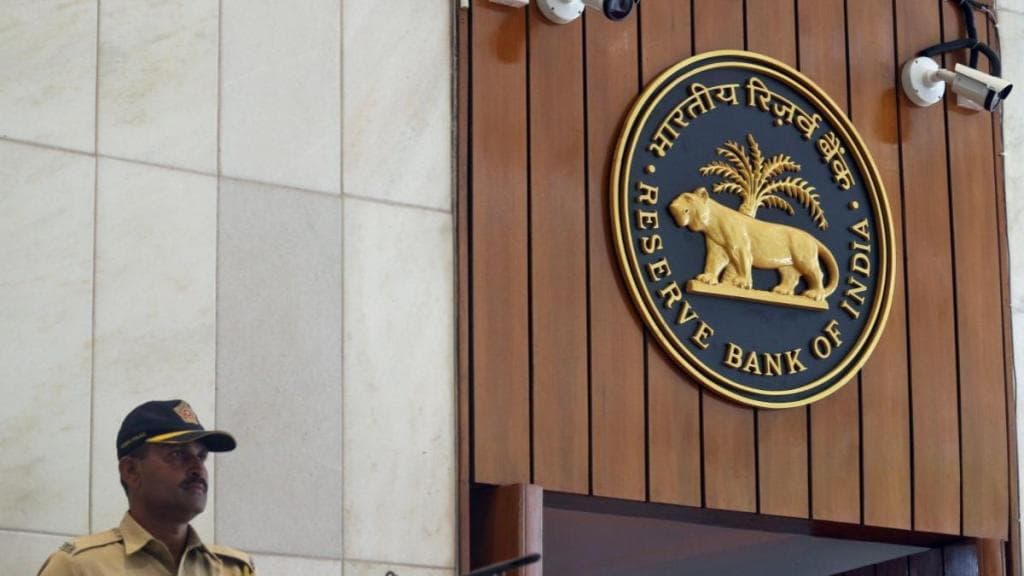Even as communication for central banks is a “bit of tight rope”, as they must avoid inconsistency between what they say and what is understood and interpreted by the markets and stakeholders, the world has come a long way since the days when their commentary was shrouded in mystery, Reserve Bank of India (RBI) deputy governor M Rajeshwar Rao said at the Dr M V Pylee Memorial Lecture in Kochi.
“We have come a long way since the days when central banks were shrouded in mystery. Central bank communication has evolved to become more transparent over the decades,” he said.
The change has been brought about largely due to two factors, including the remit and mandates of modern central banks being expanded in last half century leading to them becoming increasingly accountable for their actions. Secondly, central banks have also realised that the policy making can be more effective if the changes are predictable. Now, there is credible amount of literature which points out that successful ‘expectations management’ by the central banks through effective and credible communication can increase the effectiveness of policy measures.
For instance, in India there is another dimension to central bank communication, which relates to RBI’s regulatory and developmental role. “The Reserve Bank is not only responsible for monetary policy but also for an array of functions including regulation, supervision, currency management, payment systems, management of external sector and the government debt,” he said.
“Earlier, most of the people knew about the Reserve Bank only as an issuer of the currency. However, in past one and half decade, we have undertaken concerted efforts to demystify the mandates and functioning of the Reserve Bank through series of financial literacy and awareness campaigns,” he added.
At the same time RBI communication on monetary policy, prudential policy and financial stability has also undergone significant changes. It has become clearer, continuous and mostly calendar based, Rao said.
While central banks have come a long way in applying effective communication strategies, India’s banking landscape is rapidly changing on the back of digitisation.This trend has especially been pronounced over the last decade where the banking business has transformed with the strategic focus of services shifting beyond traditional financial offerings to offering up a suite of products, including wealth management and other financial products.
“What this means is that that the financial institutions would need to continuously reinvent their business models and update their product offerings. For this to happen, a vital cog in the wheel, so to say, is having a set of skilled employees and a motivated workforce,” he said.
The pace of change is swift and will only increase from hereon, making it imperative for financial institutions and their employees to have capacity to not only deliver on the expected service levels continuously, but also have the capacity to adapt to both foreseen and unforeseen challenges. In current times, building the capacity of employees and continuous upgradation of their skills is not an option but a necessity, the DG said.


